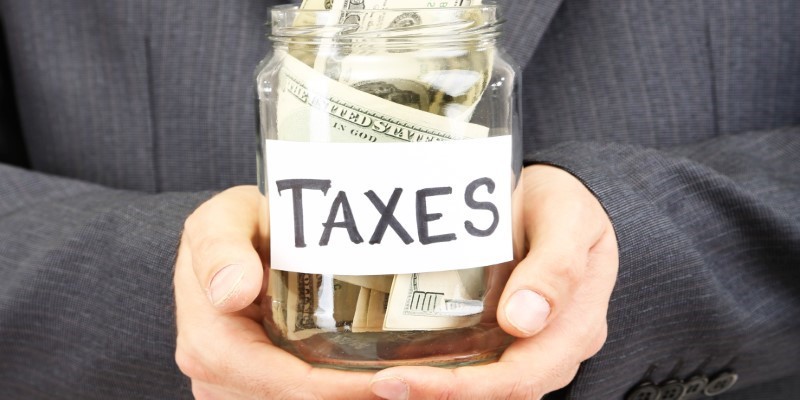Do you know what ETFs are? To be brief, theyre like a basket of stocks that trade on the stock market like a single companys stock. But heres the thing: what if we told you there is a type that could grow an investors money faster? Lets tell you about Leveraged ETFs. These are used to amplify the daily returns by multiple folds for something like the S&P 500. This means if the index goes up, the leveraged ETF aims to grow much faster. The same goes for down markets. Leveraged ETFs can also amplify losses. In this article, well be talking about leveraged ETFs. Not just what they are and how they work. Well also explain its types, risks, and examples. So, if youre curious about what these powerful yet risky investments mean, keep reading!
How Leveraged ETFs Work
Its like when you want to double your bet on a game. Leverage is like placing a bigger bet than you actually can by using borrowed money. Leveraged ETFs work similarly. They use a strategy to multiply the daily returns of an index by multiple folds (Think 1.5x or more), but this involves borrowing money.
Instead of directly borrowing cash, leveraged ETFs use financial tools like futures contracts or swaps. These contracts are basically agreements to buy or sell an investment at a certain price in the future. Using these contracts, leveraged ETFs can make bigger bets on the direction of the underlying index.
Think of it like this: If the index goes up 1%, a regular ETF would reflect that 1% rise. However, a leveraged ETF might use futures contracts to aim for a 2% or even 3% gain based on that same 1% move in the index. This way, they try to amplify the returns.
Two Main Types of Leveraged ETFs
Bull/Bullish Leveraged ETFs
These are designed to magnify gains when the market goes up. Imagine you think the stock market will rise. A bullish leveraged ETF might aim to double or even triple the daily gains of an index like the S&P 500. So, if the S&P 500 goes up by 1% in a day, a bullish leveraged ETF targeting 3x returns might aim for a 3% gain on that same day.
Bear/Bearish Leveraged ETFs
These are for situations where you think the market might decline. They try to magnify profits when the market goes down. Lets say you expect a downturn. A bearish leveraged ETF could aim to double or triple the daily losses of an index. If the market drops 1% one day, a bearish leveraged ETF aiming for 2x returns might see a 2% decline in value.
Its important to remember these magnified returns go both ways. If your prediction is wrong, you could lose much more than you initially invested.
Other LETFs
Theres also a less common type called volatility-targeted leveraged ETFs. These focus on amplifying market volatility, regardless of the direction (complicated and come with higher risk).
But for most investors, understanding bullish and bearish leveraged ETFs is a good starting point.
Big Risks of Leveraged ETFs
Heres the catch: what goes up fast can also come down fast. The biggest risk of leveraged ETFs is the magnified losses. Remember, they borrow money to try for bigger gains. But if the market moves against them, those losses get magnified too. A small dip in the index could turn into a much bigger drop for a leveraged ETF (Think 1.5x the normal loss or more!).
Another thing to consider is the unpredictability. How much does the market price swing up and down? Leveraged ETFs can be extra sensitive to these swings. Even if the market goes in the right direction overall, many ups and downs along the way can hurt the returns of a leveraged ETF.
Theres also something called a tracking error. This is the difference between how a leveraged ETF performs and how the underlying index performs. Ideally, they would track perfectly, but in reality, there can be small differences. While these tracking errors might be minor, they can add up over time and affect your overall returns.
Leveraged ETFs In Action
Lets look at an example: The Direxion Daily Financial Bull 3x Shares (FAS)
An ETF called FAS tracks a basket of big US financial companies like Visa and JPMorgan Chase. It aims to multiply the daily movements of this basket by three times. If the financial companies in the basket increase by 2% in a single day, FAS will try to deliver a 6% gain for investors.
Lets say you invest $10,000 in FAS. If those financial companies rise 2%, your $10,000 could grow to $10,600 by the end of the day, before fees. But heres the catch: leveraged ETFs reset every day. That means those gains arent added on for future growth. Every day is a fresh start.
The flip side is also true. If the financial companies in the basket fall 3% in a day, FAS could see a whopping 9% decline! So, your $10,000 investment could shrink to $9,100 before fees.
As you can see, the multiplication works in both directions, magnifying both gains and losses.
Who Should Consider Leveraged ETFs? (Spoiler: Not Everyone!)
Before jumping into leveraged ETFs, its important to understand your investment goals and risk tolerance. These ETFs are powerful, but they come with big risks.
Consider your goals: Have you been saving for retirement for many years? Then dont dump your hard-earned money into these ETFs (Just no!). Leveraged ETFs are not a good fit for long-term investing goals. They are for short-term bets in a sense.
How much risk can you handle? Leveraged ETFs can cause significant losses. If your stomach cant handle big swings (who likes losing money anyway?), these are not for you.
Time horizon: Leveraged ETFs are for short-term bets. Holding them for a long time can result in tracking errors and eat away your profits.
In line with your beliefs? Leveraged ETFs are generally not Shariah-compliant, as they involve many risks and underlying derivatives. Look for alternative ETFs instead.
Leveraged ETFs are generally not recommended for beginners due to the high risks involved. Experienced investors with a high tolerance for risk and specific short-term goals use them for certain investment strategies. Its important to research and understand the risks of leveraged ETFs carefully.
The Bottom Line
Leveraged ETFs can be tempting with the promise of multiple x returns. But remember, they come with supersized risks too. They can magnify losses just as much as they can magnify gains. Before considering leveraged ETFs, be honest about your risk tolerance and investment goals. For most people, regular ETFs or simpler investment options are a better fit. The important thing is to do your research and understand the risks involved before investing in any financial product, especially leveraged ETFs.





